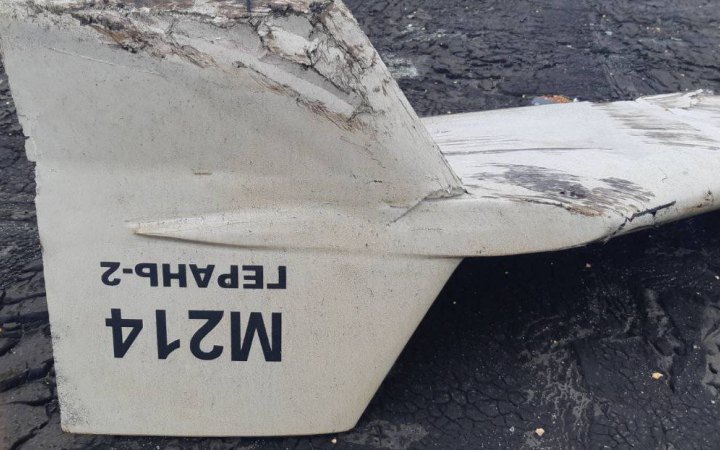 It was discovered a fact of the increase in the number of russian components in the recently downed ‘Shahed’ drones. That is evidenced that the final stage of the assembling of these UAVs is already taking place in the russian federation.
It was discovered a fact of the increase in the number of russian components in the recently downed ‘Shahed’ drones. That is evidenced that the final stage of the assembling of these UAVs is already taking place in the russian federation.
This was said by the representative of the Defence Intelligence of Ukraine in an interview with RBK-Ukraine.
According to preliminary military intelligence data, russia has started working on setting up a powerful production of unmanned aerial vehicles on its territory.
“The enemy has planned to manufacture 1,300 units of the so-called ‘Geran-2’ drones (‘Shahed’) in the second half of this year. Russians can use components of both foreign and domestic production. At the same time, in fact, they are not capable of producing such a number of UAVs today,” Vadym Skibitskyi said.
He added that not only one russia’s enterprise is involved in manufacturing of strike drones and components for them. The Ukrainian intelligence is currently working to find out sites and actual production capacity of the UAVs in russia.
According to Vadym Skibitskyi, the success of the russians’ plans will depend on how powerfully Ukraine will work in tandem with our partners regarding the sanctions.
“We share information with partners in order to determine and close the supply routes of components, equipment, machine tools, software, which are used specifically for the production of UAVs to the territory of russia. In addition, these plans [of the enemy] will depend on a successful kinetic action on those objects that participate in the production of these drones in the russian federation,” the DIU representative noted.
The strike drones play an important role in new tactics of russia’s attacks: they combine employment UAVs and missile weapons. This is one of the variants that the enemy may use in autumn-winter period for attack against Ukraine’s energy infrastructure.
“We, on our part, will do everything to protect our facilities, to detect preparations for strikes in a timely manner and, accordingly, give recommendations to our energy workers in order to prevent serious destruction,” Vadym Skibitskyi summarized.